Travelling light, living deep: one month with just a backpack
Travelling with only a backpack for a month across Southern Africa is not about sacrifice. It is about freedom, focus, and deeper connections with landscapes and people.
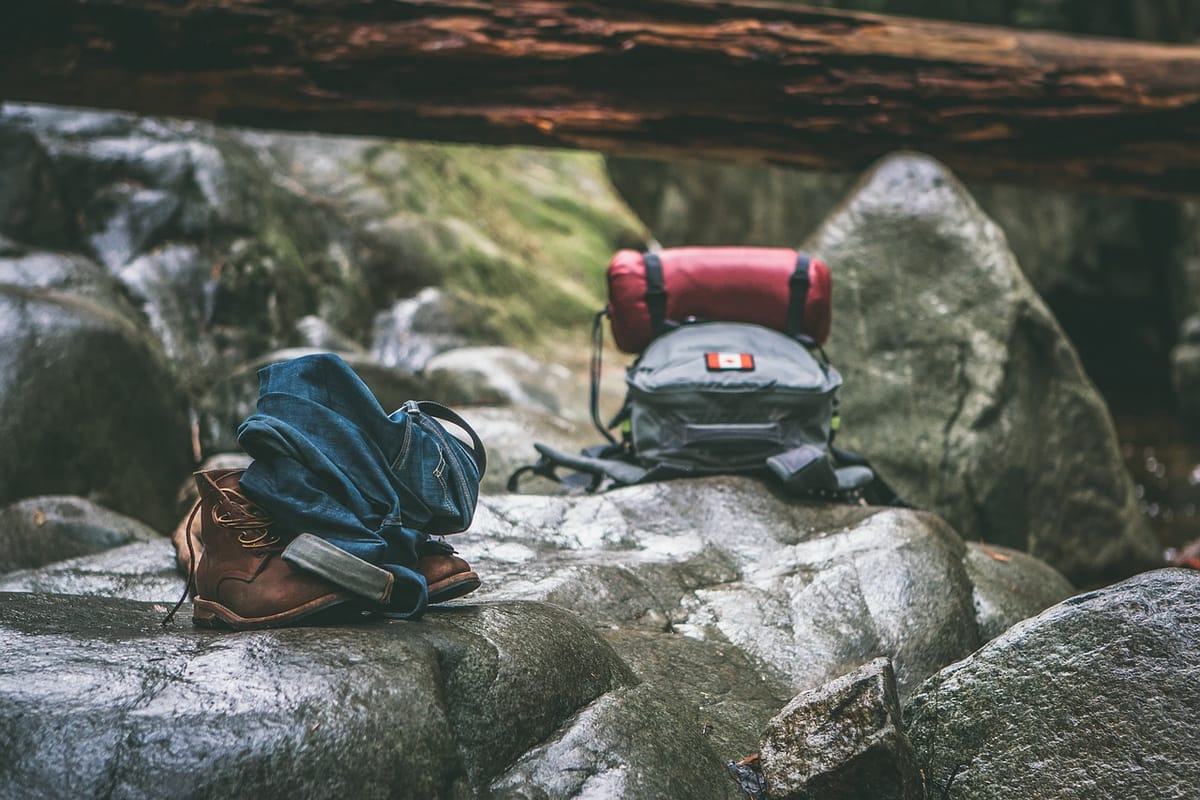
The idea of living out of a single backpack for a month may sound like a sacrifice. Yet when you find yourself tracing the roads of Southern Africa with nothing more than a few shirts, a sturdy pair of shoes, and the bare essentials, the simplicity becomes a gateway to depth. Travelling light sharpens the focus, peeling away the distractions of clutter, and leaving you free to fully sense the textures, rhythms, and landscapes around you.
A month on the road can take many forms, but in Southern Africa it might begin with the thrum of Johannesburg’s Park Station, where buses and taxis fan out across the region. From here, routes stretch north into Limpopo, west into Botswana, or east towards the hazy escarpment that spills into Mpumalanga.
With only a backpack, the choice is easier: you go where the road takes you, unhindered by the weight of excess.
Minimalism on the road does not mean deprivation. It means choosing carefully. A compact rain jacket is enough for the sudden downpours that sweep across the Drakensberg in summer. A light cotton kikoi doubles as a towel, picnic cloth, or curtain when camping.
Carrying only what you truly need invites a resourcefulness that feels liberating rather than restrictive. Travellers quickly learn that less clothing means more chances to stop at village laundries, where conversations with locals often matter more than the garments themselves.
One of the clearest rewards of light travel is the way it transforms movement through landscapes. On the gravel stretches between Ghanzi and Maun in Botswana, the dust seems less of a nuisance when your load is not heavy.
Long walks up the rocky paths of the Waterberg feel natural when you are not burdened by unnecessary gear. The freedom to lift your pack, hoist it over a taxi roof, or squeeze it beneath your seat on a crowded minibus makes the journey smoother, and often, more connected to the place itself.
Living deep is about more than what you carry. It is about how you engage with the land.
When travelling light through the Kruger National Park, for example, you do not need an array of gadgets to appreciate the silence of the bushveld or the stirring call of a fish eagle at dawn.
What you need is time, patience, and the willingness to watch the riverbank for hours as elephants descend to drink.
The same principle applies when camping along the Orange River or staying in rondavel huts in Lesotho. Without the distraction of excessive belongings, the focus shifts to firelight meals, star-filled skies, and the texture of the earth beneath your feet.
This way of moving through the region requires trust: in local transport, in your own ability to adapt, and in the generosity of strangers. A simple backpack allows you to say yes when someone offers a lift in the back of a bakkie along the Garden Route, or when a neighbour on a shuttle from Windhoek to Swakopmund shares homemade biltong. Travelling light encourages openness to chance, and chance is often where the most meaningful moments lie.
Southern Africa is vast, with distances that can intimidate, yet the principle holds. By choosing simplicity, you deepen your connection to each place. The journey becomes less about rushing from one attraction to another, and more about settling into the pace of the land, whether it is the slow sway of the mopane trees in Limpopo or the sharp winds on the Cape Peninsula.
For a month, carrying only what you can hold on your back, the essence of travel reveals itself: to move lightly is to live deeply. What remains is not the weight of possessions, but the memory of landscapes crossed, stories shared, and the unadorned beauty of travel itself.


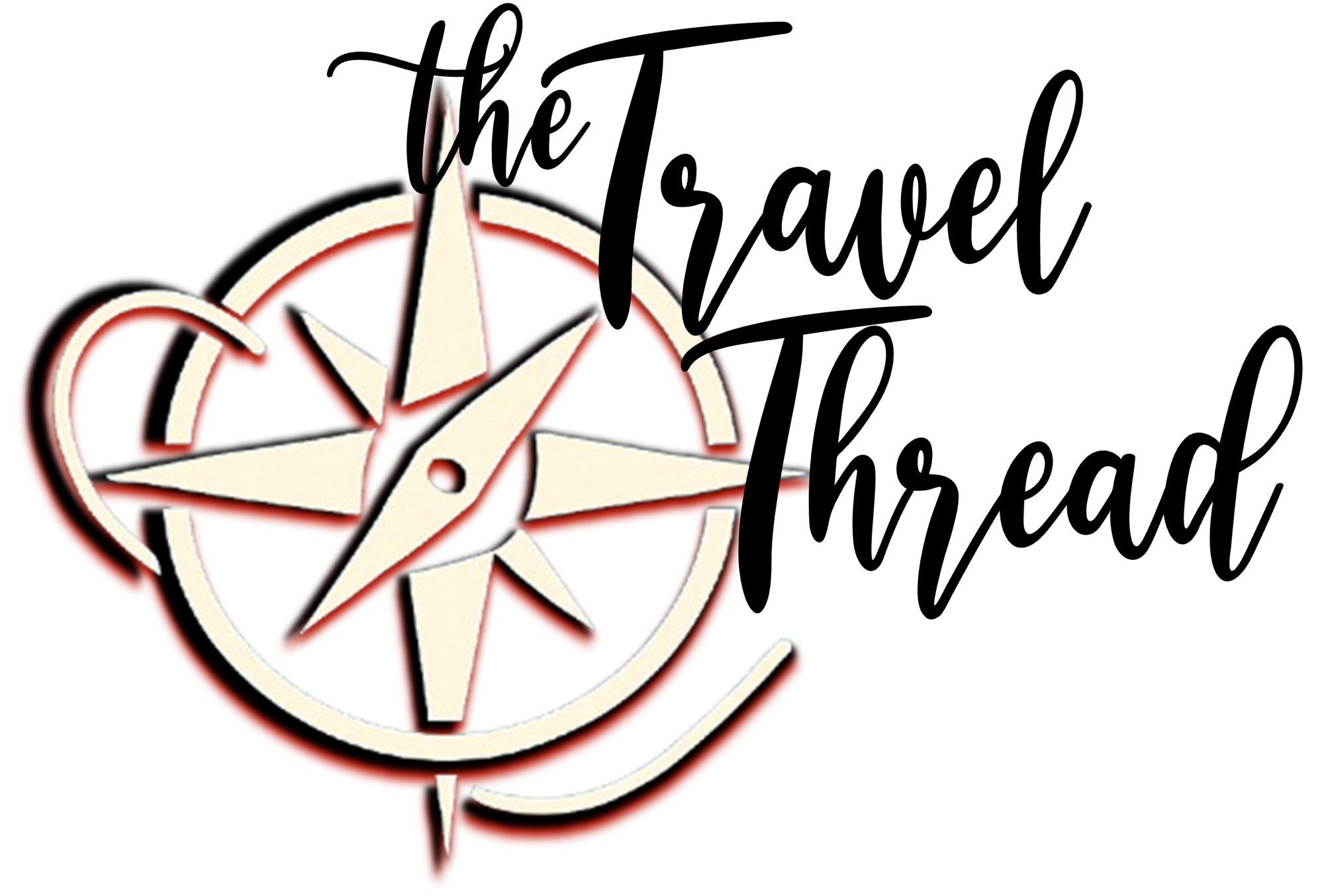
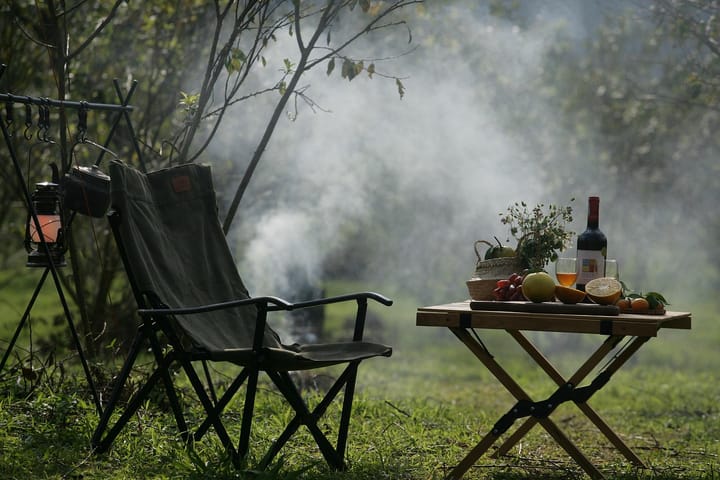
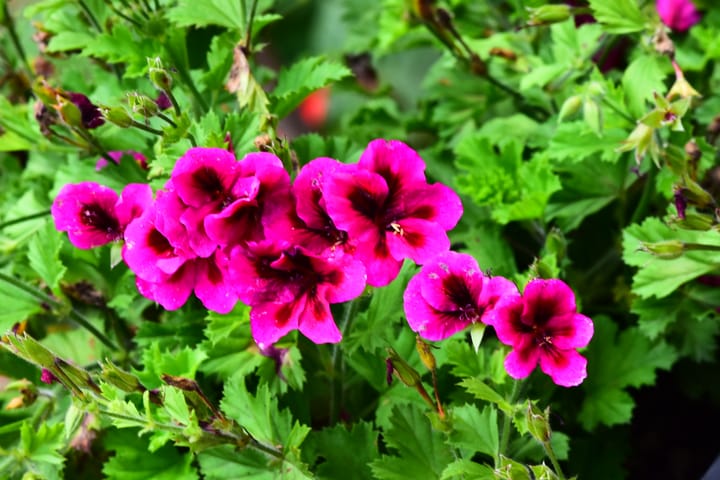
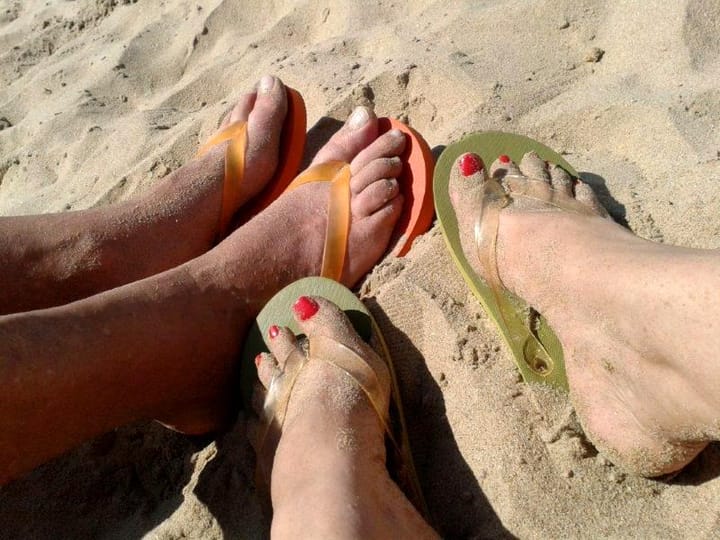
Comments ()